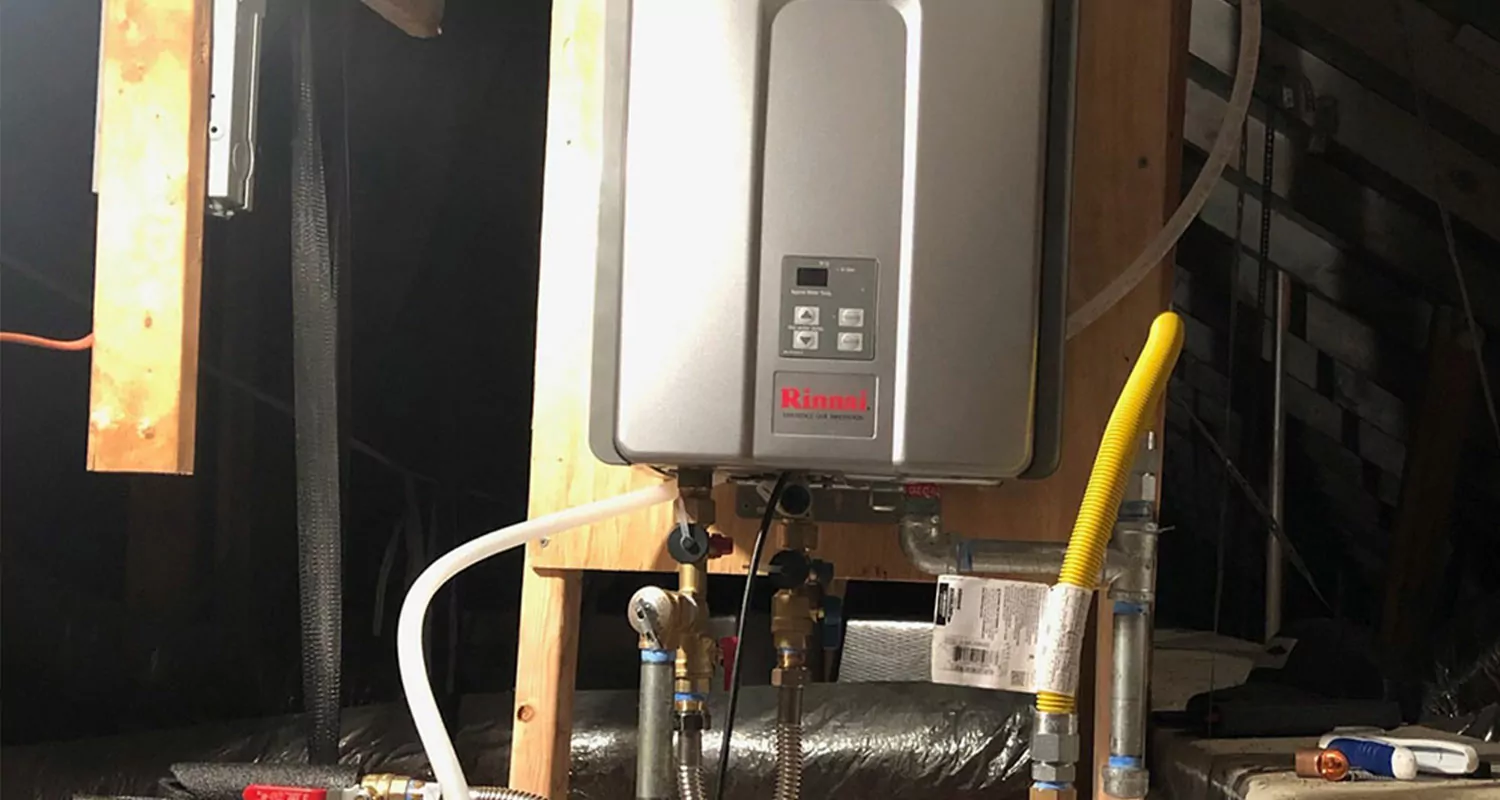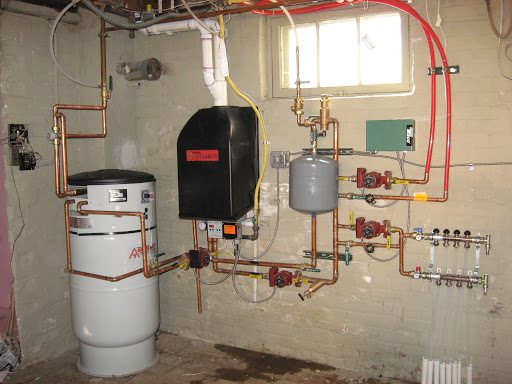This article following next in relation to Tips on Maintaining a Water Heater is highly compelling. You should take a peek.

Hot water is crucial for day-to-day convenience, whether it's for a revitalizing shower or washing recipes. To ensure your warm water system runs effectively and lasts much longer, routine maintenance is key. This post gives sensible suggestions and insights on just how to maintain your home's warm water system to stay clear of disruptions and expensive repair work.
Intro
Keeping your home's hot water system may appear challenging, however with a couple of easy actions, you can guarantee it runs smoothly for many years to find. This overview covers everything from comprehending your warm water system to do it yourself upkeep tips and understanding when to employ specialist assistance.
Value of Keeping Your Warm Water System
Normal maintenance not only extends the life expectancy of your warm water system yet also ensures it operates efficiently. Overlooking maintenance can cause lowered efficiency, higher energy bills, and even premature failure of the system.
Signs Your Hot Water System Requirements Maintenance
Understanding when your hot water system needs interest can stop major concerns. Keep an eye out for indicators such as irregular water temperature level, odd sounds from the heating unit, or rustic water.
Purging the Hot Water Heater
Purging your water heater eliminates sediment buildup, improving efficiency and extending its life.
Checking and Replacing Anode Rods
Anode rods prevent corrosion inside the container. Evaluating and changing them when broken is critical.
Facility Problems Needing Professional Aid
Instances consist of significant leaks, electrical problems, or if your hot water heater is constantly underperforming.
Routine Professional Upkeep Conveniences
Specialist maintenance can include thorough examinations, tune-ups, and making sure compliance with safety standards.
Evaluating and Readjusting Temperature Setups
Changing the temperature setups makes sure ideal performance and safety and security.
DIY Tips for Upkeep
You can do several upkeep tasks yourself to maintain your hot water system in leading condition.
Looking for Leaks
Routinely evaluate pipelines and connections for leakages, as these can result in water damages and higher costs.
Comprehending Your Hot Water System
Prior to diving into upkeep tasks, it's handy to comprehend the standard elements of your warm water system. Normally, this includes the hot water heater itself, pipes, anode rods, and temperature level controls.
Regular Monthly Upkeep Tasks
Regular month-to-month checks can assist capture minor problems prior to they intensify.
Examining Pressure Alleviation Valves
Evaluating the stress safety valve ensures it operates correctly and stops too much pressure build-up.
Insulating Pipes
Shielding hot water pipes minimizes heat loss and can save power.
When to Call a Professional
While do it yourself upkeep is advantageous, some problems call for professional competence.
Conclusion
Regular maintenance of your home's hot water system is crucial for efficiency, durability, and price savings. By complying with these pointers and knowing when to seek expert aid, you can guarantee a trustworthy supply of hot water without unexpected disruptions.
How to Maintain an Instant Hot Water Heater
Before tinkering with your hot water heater, make sure that it’s not powered on. You also have to turn off the main circuit breaker and shut off the main gas line to prevent accidents. Also turn off the water valves connected to your unit to prevent water from flowing into and out of the appliance. 2. When you’re done, you have to detach the purge valves’ caps. These look like the letter “T†and are situated on either side of the water valves. Doing so will release any pressure that has accumulated inside the valves while at the same time avoid hot water from shooting out and burning your skin. 3. When the purge valves’ caps are removed, you have to connect your hosing lines to the valves. Your unit should have come with three hoses but if it didn’t, you can purchase these things from any hardware or home repair shops. You can also get them from retail stores that sell water heating systems. Read the user’s manual and follow it to complete this task properly. When the hosing lines are connected, open the purge port’s valves. 4. You should never use harsh chemical cleaners or solutions when cleaning your unit. Make use of white vinegar instead. It should be undiluted and you’ll probably use about 2 gallons. 5. Now flush your water heater. This task should probably take about 40 minutes. We can’t give you specific directions for this because the procedure is carried out depending on the type, model and brand of your heater. With that being said, refer to the user’s manual. 6. When you’re done draining the unit, you have to turn off the purge port valves again. Remove the hosing lines that you earlier installed on each of the water valves. Put the valve caps (purge port) back in their respective places and be very careful so as not to damage the rubber discs that are found inside these caps. 7. Now that everything’s back in place, check your user’s manual again to find out how to reactivate your water heating system. 8. Once it is working, turn one of your hot water faucets on just to let air pass through the heater’s water supply pipes. Leave the tap on until water flows smoothly out of it. https://www.orrplumbing.com/blog/2014/september/how-to-maintain-an-instant-hot-water-heater/

As a serious person who reads about How to Maintain Your Water Heater & Prolong its Life, I assumed sharing that short article was really helpful. Sharing is nice. You won't know, you may be doing someone a favor. Thanks for taking the time to read it.
Make An Appointment